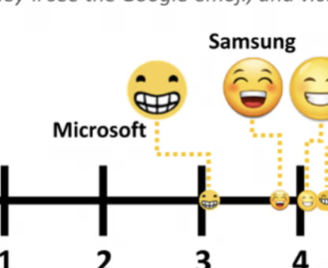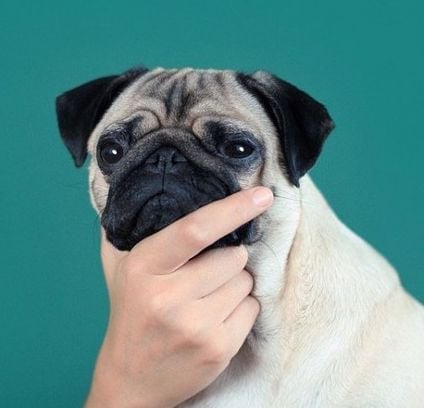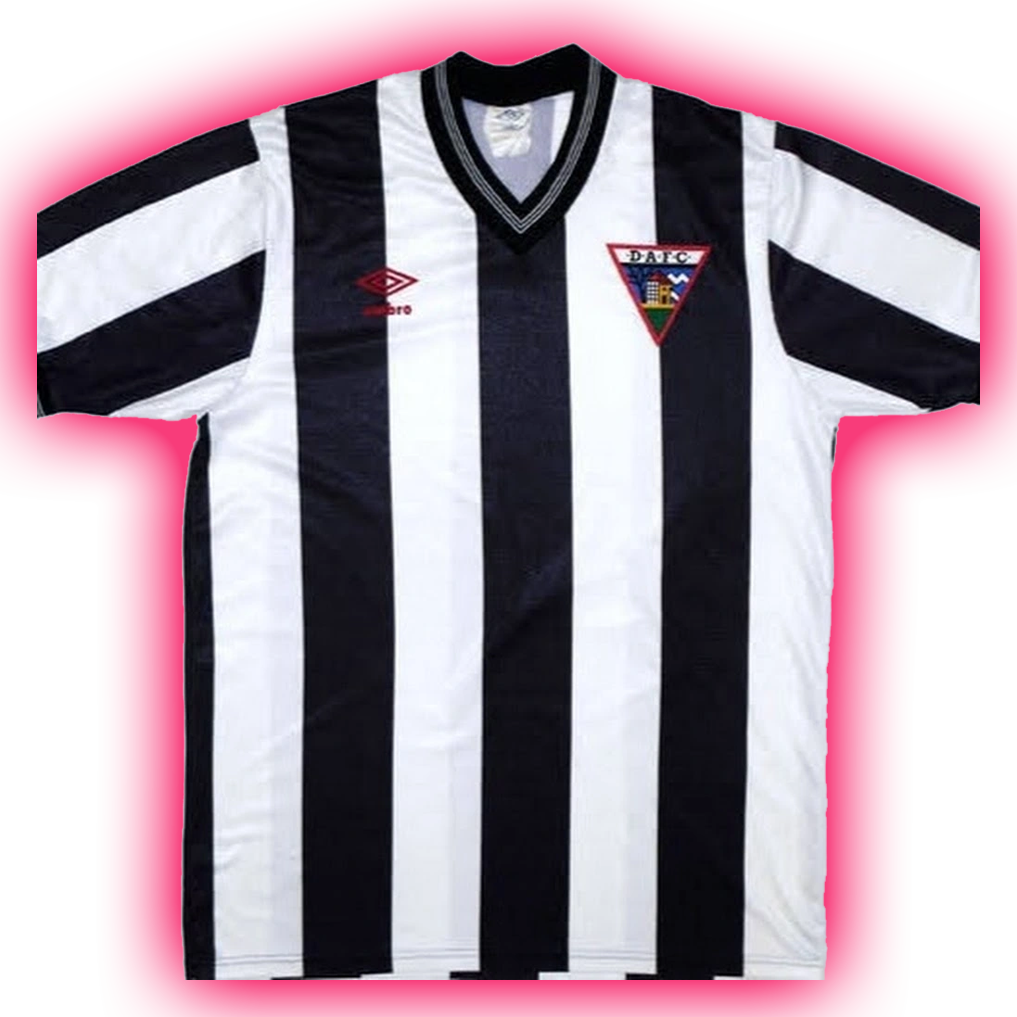Some time ago, I noticed that youtube comments are copied without emojis, thought nothing of that - bugs happen - but today I finally decided to find out why and what the hell is even this.

When they look different people interpret them differently.
That’s interesting. I wonder how true that still is today, given the study was done in 2016. The study also pointed out that even on the same platform, people on average interpreted the same emojis differently. I’d be interested in an updated study conducted among younger Gen Z to see if being completely raised in the digital age has created various emoji languages, especially across cultures (which they mention they wanted to do at the end of the article as well).
Wtf Microsoft?

They changed this a very long time ago
The ones in MS Teams are so cursed. I use it for work and I swear everything about that app is peak catering to boomers.
hey microsoft! incorporate boomer emoji!
And this is exactly why emojis suck and should never have been invented
note on emojipedia it’s called BEAMING face with smiling eyes
hieroglif over kanji
Hieroglyphs and kanjis are still linguistic in nature. So no matter how you write a specific unit it’ll be interpreted the same, as long as recognisable as that unit. Here’s a Japanese example:

sure, they’re written in slightly different ways, but they’re still the same ⟨愛⟩ /ai/ kanji, so it’s still conveying the same meaning (love, affection).
Emojis on the other hand aren’t typically used to convey a language, even if conveying meaning and found alongside language. That’s what makes them paralinguistic (beyond language), they’re a lot more like “mmhmm, ah!, ahn?” grunts or Italian hand gestures than like kanji or hieroglyphs. And in this sort of paralinguistic system, even little changes on the symbol change its meaning.
And… well, that’s what we’re seeing here, and the likely reason YT replaced unicode emojis with images. For me at least it’s convenient, might as well uBlock them.
This was a great explanation, thanks.
I guess that makes more sense now that I see an example. I just can’t fathom how any Apple artist thought they made a “grinning face with smiling eyes” when they looked at that image. It’s “grimacing face with smiling eyes” very obviously. I thought all representations were like the others in this example - they all look like a “grinning face with smiling eyes”. They look different but it doesn’t matter.
I still think though that if there weren’t obvious mistakes like this, it doesn’t matter how the “grinning face with smiling eyes” exactly looks, or any other emoji for that matter.
It’s clearly another way to wall the apple garden further, to the point where you don’t get to communicate in an effective way unless you both have an iPhone.
That isn’t what the grinning face with smiling eyes ever looked like on iOS. I have no clue where that article got that. And it’s not what it looked like on other platforms either. They have their emoji confused and so you can’t even trust the survey at that point. Here is the history of the emoji across platforms. https://emojipedia.org/grinning-face-with-smiling-eyes#designs. And I’d say that google’s emoji versions look bad compared to the iOS versions. Samsung’s are horrendous though.
And just for comparison here is the grimacing face history. https://emojipedia.org/grimacing-face#designs
That’s really interesting, I didn’t realise the problem was that bad. I did the quiz at the bottom, tried to answer honestly and only got 5 out of 14 correct.
I got 7 and even then that’s only because half way through I began to notice a theme on the really obscure ones with long names.
These are ridiculous, they often bear no resemblance at all to their supposed meaning wtf? Slanted closed eyes with steam coming out the nostrils isn’t anger it’s… “Triumph”!?
Yeah, that was a particularly egregious one! Triumph? Triumph?!? Ok then…







